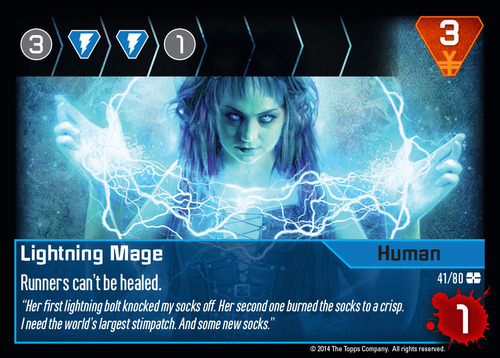
'Draw one, play one, draw one play one, draw five play three, draw three play two... Wait, what??'
Type: Strategy / Card
Players: 2 to about 5
Players: 2 to about 5
Time to explain to others: About 1 min
Time to play: About 30 minutes, possibly bit more
Difficulty: To play 3/10, Game difficulty 4/10
Portability: High. Just a deck.
Overall: 10/10
Overall: 10/10
Fluxx is the card game equivalent of watching 1980s british comedy. It is amazing, you laugh your head off, it's great fun, and the recipie could not be simpler.
Your deck has a bunch of cards. Actions, that perform actions, Keepers that you.... Well, keep. And goals, that you have to.... Reach.
The designers went out of their way to make a game that was as physically instinctive, non-threatening and reachable to newcomers as you can possibly make it. The cards are colourful and simple, they are colour coded, and there's only three different types.
And then the carnage starts.
The main rule is 'Draw one card, Play one card'. There are however many cards in the gamer that change this, making you draw more (yay!) and/or play more (boo!).
Also, the Goal can change at any time. So you finally have the missing Keeper to end the game (by completing the Goal), but the opponent changes it. Lovely. Oh! And the Goal you had in your hand, sorry but now you have to Play all your hand, so you now changed the Goal on the table!
There are a number of themed variations of Fluxx (Monthy Python, Zombies, Sci Fi, etc), all great fun, and with the same dynamics.
To have a strategy in Fluxx is to court madness. The game is literally evolving and changing before your eyes. This just makes it more fun than I could possibly describe!
Rui's conclusion: Simple, newbie friendly and great fun. A perfect party or after dinner game. A must in whatever of its variations!


